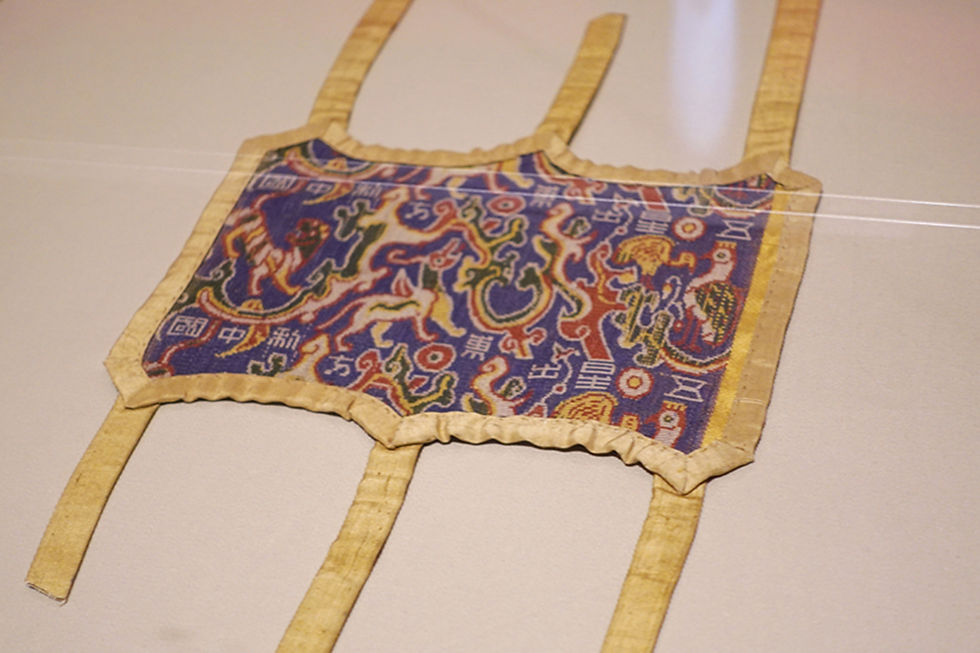
The world of textiles is filled with a diverse array of intricate patterns, materials, and techniques. Among these, brocade fabrics have long been celebrated for their luxurious and ornate designs. This rich and fascinating history, which spans thousands of years, has seen brocades evolve from their earliest roots in ancient civilizations to their current status as a symbol of opulence and sophistication. In this blog post, we'll delve into the storied past of brocade fabrics, exploring their origins, development, and modern uses.
Origins of Brocade: From Silk Road to Ancient Rome

The earliest known examples of brocade fabrics date back to the Silk Road trade routes, which connected China to the Mediterranean world. Chinese artisans began weaving silk threads with intricate patterns as early as the Han Dynasty (206 BCE - 220 CE). These luxurious textiles quickly gained popularity and were traded along the Silk Road, eventually finding their way to ancient Persia, India, and Rome.
Brocade in the Middle Ages: A Symbol of Wealth and Power

During the Middle Ages, brocade fabrics became increasingly popular in Europe, where they were seen as a status symbol. The elite classes, including royalty and the clergy, adorned themselves and their surroundings with these sumptuous textiles. The Byzantine Empire, in particular, was renowned for its production of exquisite brocades featuring religious imagery and intricate patterns.
The Italian Renaissance: A Golden Age of Brocade

The Italian Renaissance (14th-17th centuries) saw a resurgence of interest in the arts and crafts, including textile production. Italian city-states such as Venice, Florence, and Genoa became centers of brocade weaving, incorporating gold and silver threads to create opulent designs. These fabrics were highly sought after across Europe, and the Italian brocade industry thrived.
The Decline and Revival of Brocade Weaving
Despite its popularity during the Renaissance, brocade weaving experienced a decline in the 18th and 19th centuries due to changing tastes and the rise of industrial production. However, the 20th century saw a renewed interest in traditional crafts, leading to the revival of brocade weaving in countries such as Italy, France, and India.
Modern Brocade: A Blend of Tradition and Innovation
Today, brocade fabrics continue to be prized for their beauty and luxurious feel. Advances in technology have allowed for the creation of brocades using synthetic fibers, making these textiles more accessible and affordable. However, traditional brocade weaving techniques are still used to create exquisite, handcrafted textiles that are highly valued in the world of fashion and interior design.

The rich history of brocade fabrics is a testament to the enduring appeal of these opulent and intricately designed textiles. From the ancient Silk Road to the modern fashion runways, brocades have remained a symbol of luxury and refinement, showcasing the skill and creativity of artisans throughout the ages. As we continue to appreciate and celebrate these sumptuous fabrics, it's fascinating to reflect on the remarkable journey that has brought them to where they are today.

Comments